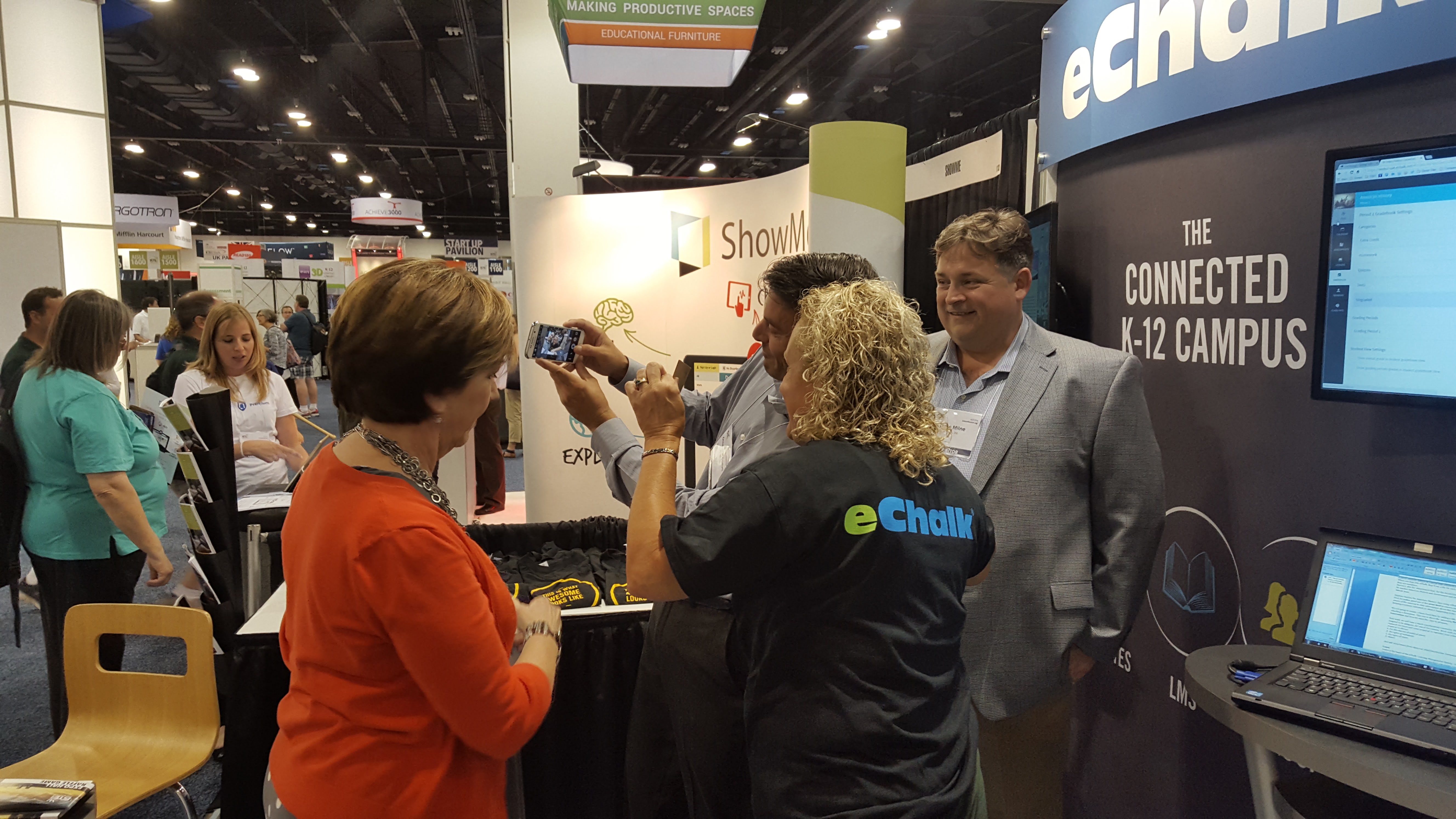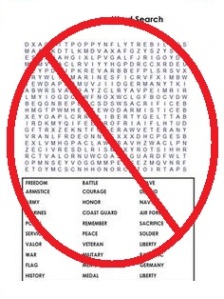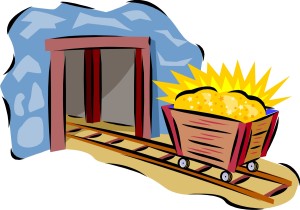When a little kid comes up to you and asks you do science, it’s hard to say no. But when you’re a science teacher, and that little kid is your granddaughter, you know you have to come up with something fast.
In July that’s exactly what happened to me. I knew my granddaughter wanted something fun and exciting and preferably messy. We’ve already done bubbles, gak, slime, chromatography, and helicopters, so what was left? I had a MudWatt kit (a gift from my friends at Educational Innovations, www.TeacherSource.com). So I decided to give it a try. What a great idea!
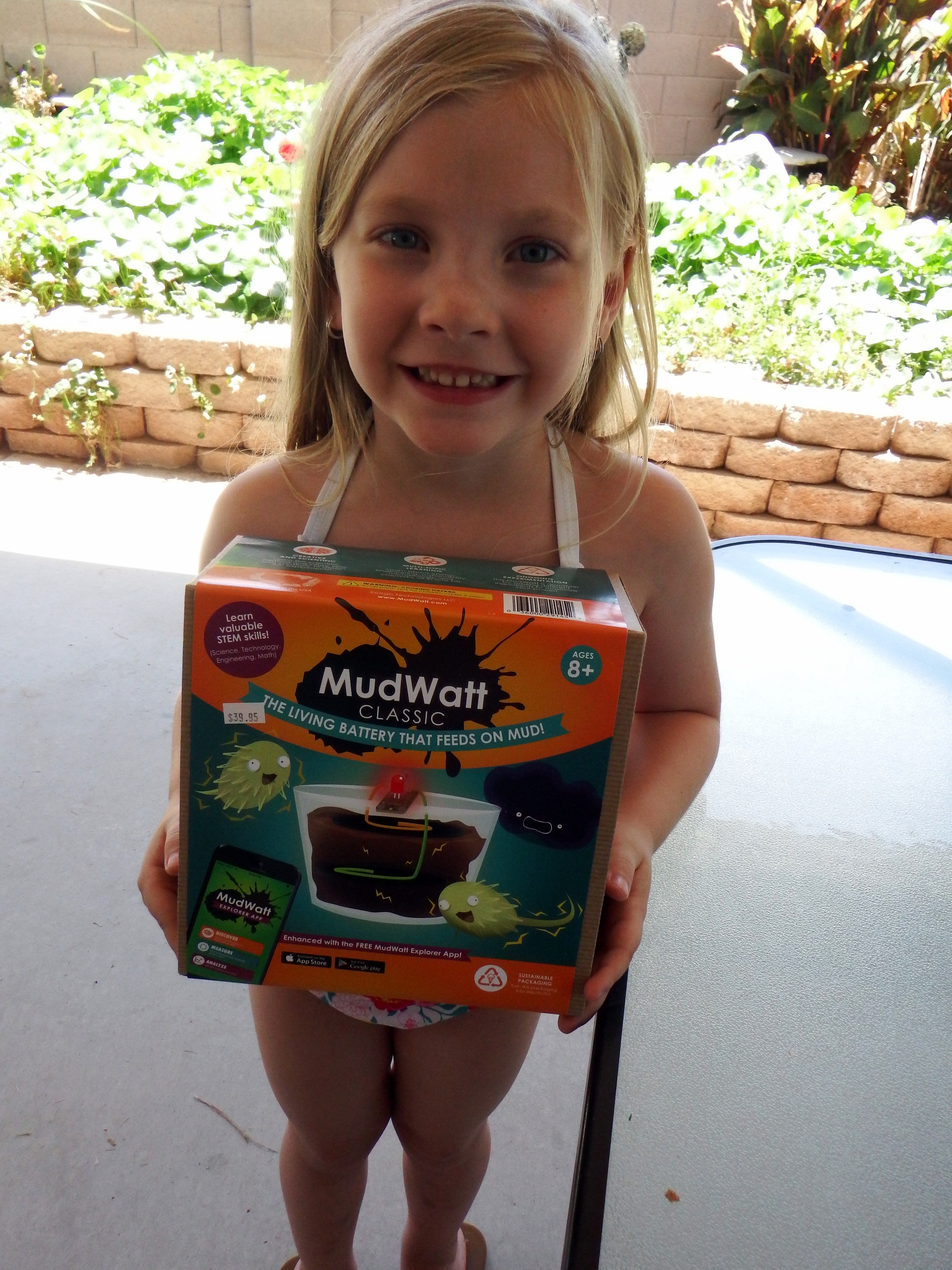
To make a MudWatt clock you need some really stinky mud, a kid who’s willing to help and a little patience, because this takes a few days.
Unsure of what type of mud to use (the smellier the better, the instructions said) I chose to gather some mud from our pond. I know that there are wonderful microorganisms growing in that mud – they are thriving and surviving. We looked at the pond water under a microscope for a previous science “lesson.” Since it was teeming with life, I figured it was a good choice. And that proved to be correct.
I was skeptical to find out that you could make electricity from mud. I had no idea how it worked – or even if it worked. The user’s guide not only showed me how to set up the MudWatt clock, but it also educated me about why it works.
We used the mud, gloves (which might not be necessary) and set up the clock according to the very clear directions. I’ll be honest; I was a little disappointed that the light didn’t start blinking immediately. In some ways I’m no different than my six-year-old granddaughter. I should have read the directions, which explain that it takes 3 to 7 days for it to get going. When you think about the fact that the exponential growth of microorganisms is required, this timeframe makes sense.
Soon after the red light began to blink and blink and blink and blink. I quickly downloaded the apps I could see exactly how much power was being generated and how many microorganisms I actually had in that jar of mud. Every day the blinking gets faster. The electricity generated gets greater. And there are more and more microorganisms.
This begs the question about why this is not used as a renewable energy source. I suppose it’s because the amount of power generated is minute to compare to the amount of mud that’s required. I’m not a biologist. I’m a physical scientist, but this really had me very excited. It’s addictive and fascinating.
In order to run the clock, you have to disconnect the light. That means you can’t use the app to measure the energy. My recommendation? Leave the light on. Watching it blink faster and faster is addictive – and intriguing.
As a parent/grandparent this is a great tool to use with the kids. It’s a long-range project so don’t expect results overnight.
As an educator I can’t stop thinking about all the possibilities for this tool. My students can set these up in series or in parallel. They can learn about renewable energy sources. They can discover that there are microorganisms that actually expel electrons (something I didn’t even know was possible). We can learn about dependent variables and independent variables. We can examine exponential growth – and really big numbers. The possibilities are endless.
If you’re looking for a science fair project, MudWatt is it. Perhaps you want to test the pH of the soil vs. the amount of energy that is produced. Perhaps you’ll test that temperature of the soil versus the amount of energy that is produced. Perhaps you do want to conduct an experiment about series vs. parallel circuits.
I recommend this for parents and grandparents, for teachers and students. I recommended for the person is hard to buy a gift for. I’m fascinated with it. Priced at under $40, it’s a steal. You can get your own MudWatt here.
I’m so glad that little girl came over and said “Nana can we do some science today?”
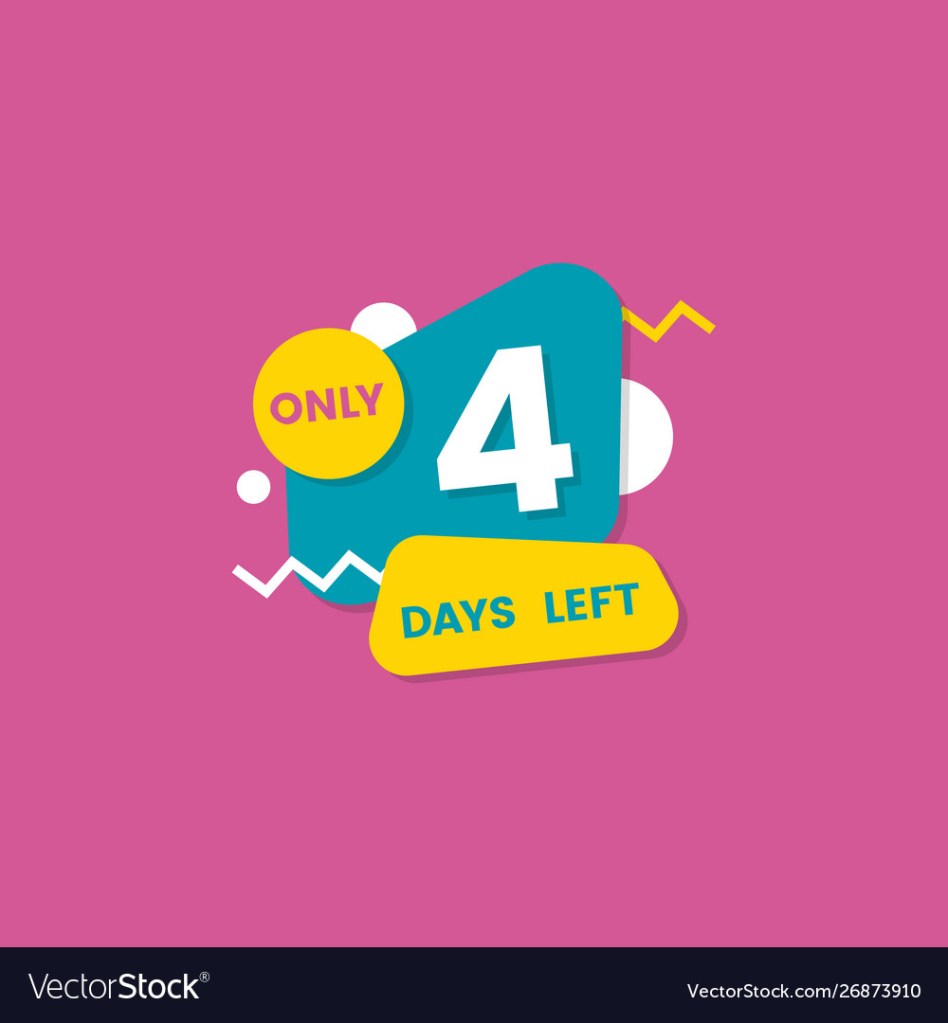
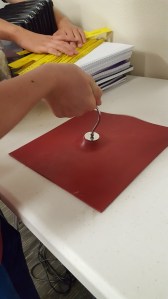
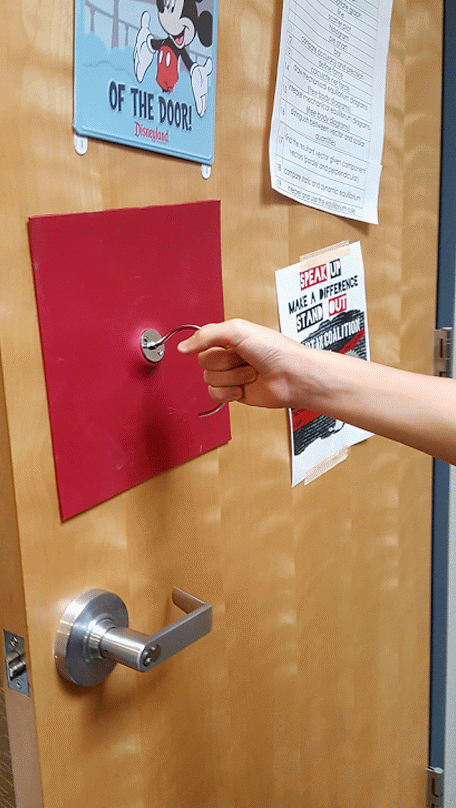 To get back into the room from the hallway, students needed open the door. Why not see whether the Atmospheric Mat had the ability to open the door? This trial was followed by hoots and yells as the door opened.
To get back into the room from the hallway, students needed open the door. Why not see whether the Atmospheric Mat had the ability to open the door? This trial was followed by hoots and yells as the door opened.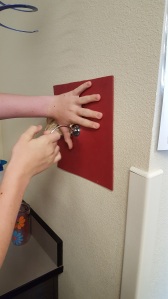
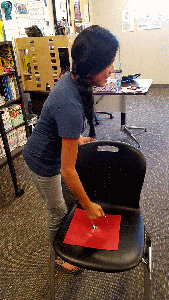
 program I use for grades. I have a learning management system that’s completely separate from my grade program. I have a class website using a third system. When I post an assignment, I have to post it on my class website, upload the document in two separate places on a daily basis. There’s my learning management system. It’s great and I love it! But it’s one more thing for me to do. I have to make sure I upload the assignments and any resources as well as any links. I seem to spend more time posting assignments than I spend reviewing them.
program I use for grades. I have a learning management system that’s completely separate from my grade program. I have a class website using a third system. When I post an assignment, I have to post it on my class website, upload the document in two separate places on a daily basis. There’s my learning management system. It’s great and I love it! But it’s one more thing for me to do. I have to make sure I upload the assignments and any resources as well as any links. I seem to spend more time posting assignments than I spend reviewing them.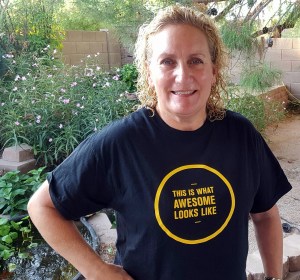 I’m a sucker for tee shirts. Especially cool ones with cool sayings. I was walking around the exhibition hall and I noticed a tee shirt that said, “This is what awesome looks like.” I had to have it. Of course to get the shirt I was going to have to listen to what they had to say. But I’d do it! Anything to get my hands on one of those tee shirts. But there was another treat. If you got caught wearing the tee shirt, you could randomly select a gift card. If I’m a sucker for tee shirts, I’m an even bigger one for gifts cards! Especially Amazon gift cards!
I’m a sucker for tee shirts. Especially cool ones with cool sayings. I was walking around the exhibition hall and I noticed a tee shirt that said, “This is what awesome looks like.” I had to have it. Of course to get the shirt I was going to have to listen to what they had to say. But I’d do it! Anything to get my hands on one of those tee shirts. But there was another treat. If you got caught wearing the tee shirt, you could randomly select a gift card. If I’m a sucker for tee shirts, I’m an even bigger one for gifts cards! Especially Amazon gift cards!